




The melody came around 2021. It appeared spontaneously while we were sitting at the computer. We grabbed the guitar, threw together a rough riff, and by the next day, it had already turned into a finished track with a complete structure. It felt like the universe sent it to us.
The riff with a specific rhythmic pattern came first and became the verse of the song. The structure itself didn’t change — it was so perfect we didn’t feel the need to modify it. Some early additions, like rhythmic percussions and sound effects, were later removed.
There was also an idea to hire a voice actor for the bridge to deliver a deep, cinematic narration about sacrifice. We found an actor, downloaded a sample, and listened to it multiple times, but eventually realized it destroyed the atmosphere of tension and solitude. We decided to keep the bridge with the Death Whistle, preserving its haunting, chilling effect.
Previous synthetic rhythm 02:26 and actor's voice piece 04:18:
Here’s an interesting story about the Death Whistle: when the song’s storyline appeared, we remembered this unique Aztec instrument. We found the makers — it was sold only on Amazon and couldn’t be shipped to Ukraine. We wrote to them directly, explaining that we wanted one piece for recording the album and the clip. They ended up sending three pieces for free, with the words “Glory to Ukraine!” What an unexpected gift! You can see our exact whistles in the artbook (and maybe the clip).
Originally, the track was titled Pyramid. Later, it became Offering, a name that reflected the ritualistic and sacrificial themes of the song.
In the previous demo there were no lyrics yet. We settled on the theme, wrote the text, and recorded a vocal pilot for the studio session. In this version, you can hear a passage that serves as an alternative to the voice actor’s fragment — words quoting the Christian Bible, the moment of God’s dialogue with Abraham about the innocent lamb embodied in his son Isaac:
The next demo is a compilation of all the recorded fragments and studio vocal ideas. We added clean melodic vocals in the choruses, an operatic insert, and choirs in the form of backing vocals. At that stage, we couldn’t decide on the final form of the choruses, so they contained both growls and melody.
You can download all versions.


As part of the mini-album Gore, we looked for stories that combined “red” themes — blood, passion, death. The ritualistic sound at the beginning sets a mystical and terrifying tone. Aztec mythology was perfect: life and harvest through the death of thousands, spilling liters of blood — a deep and powerful concept.
We immersed ourselves in Aztec culture, looking for images that matched the character of the song. Concepts like Cacti Fruit — a poetic name for hearts removed by Aztec priests with obsidian knives — fascinated us. Flower Death — honorable death on the battlefield or in sacrifice — was considered noble. Wars were called Xochiyaoyotl, “flower wars,” since the goal was capturing prisoners for sacrifice, not territory.
Our cinematic reference was Mel Gibson’s Apocalypto — a strong, unique film capturing the horror and intensity of life.
To create the artwork for the track, we put together a moodboard inspired by the song itself. We selected references for the color palette — originally a blue-magenta scheme with fiery accents and a blood-red moon — along with pyramid architecture, the priest figure, the flora of Aztec lands, the sacrificial ritual on the altar, and potential camera angles for composition.




The artwork was then processed through AI, which added realism and extra sharpness. When preparing it for the artbook, we significantly adjusted the color scheme, making it simpler, yet darker and more sinister. Black and red — a classic combination for the genre — but oh, how striking they look together…










At first, the image of Mother Nature looked completely different. Back then, we had just bought a tablet and were only beginning to explore digital drawing. Yet the central idea of a red world with cloud-like erythrocytes had already begun to take shape.



Later, Mother Nature lost her human-like traits and transformed into a more floromorphic being — with branch-like horns, a gaping void of insatiable hunger, yet at the same time a source of life. If you look closely, you can see a stream of pure drinking water flowing from her belly.
We also experimented with colors. Inspired by the album’s title, she was first depicted in red hues, then became black-and-red, and eventually turned into a mystical shade of blue.








"Wonderful" transitional versions from AI.


The artwork of Mother Nature and God the Father is one of the most colorful and atmospheric pieces of the album. The light of the rising sun streams through her ribcage, while the feet of God the Father rest upon the ancient skulls scattered across the sacred mountain, where the two frolic in ecstasy. Flowers bloom upon Mother Nature’s horns — she has been filled with the energy of sacrificial hearts and is ready to return it in the form of water, harvest, and life.




We left this artwork untouched for a long time, and eventually had the idea to change the Father’s skin to black. The image became even more striking — she is a vivid red, and he is a deep, pitch-black.



Gathering equipment became an epic saga: rockets flying daily, no electricity for 20 hours a day, yet we needed cameras, lights, stands, green screens, sliders, and a budget. If a rocket hit us, at least we’d enjoy using the gear. Hours were spent studying tutorials, reviews, and techniques.
The clip had no strict narrative, only images. We wanted a sterile white space so that blood stands out, creating aesthetic pleasure mixed with self-disgust. Humans appear tiny and fragile, inspired by Sebastian Jern’s miniature worlds.
Just like Seabstian Jern, we bought sheets of styrofoam and started building objects of our imagined world: a ritual pyramid, stone pillars, triangular portals, and so on. We also purchased a special hot knife for cutting styrofoam, to get long, straight or shaped slices. We wouldn’t recommend working without good ventilation. In winter, we’d put on warm pajamas and keep the windows wide open so that the smoke from the burning styrofoam would go straight outside. Our cat was locked in another room so he wouldn’t inhale any of it. The finished pieces were coated with white acrylic paint.
We love human hands — flexible like branches, conveying life and character. We wanted landscapes of hands, like the ones in the artworks. Mannequins didn’t work, so we used plaster and alginate to cast hands. The first attempt had mixed results; the second failed completely — alginate sets too fast. But we haven’t given up; maybe the next try will succeed.
The clip includes white frozen figures, a massive pyramid flowing with rivers of blood, Mother Nature devouring a heart, and blood splashes — all in a fashion-magazine aesthetic. Miniature human figures — “People iced in worship” — were generated using AI and 3D printed. Some large, some tiny and fragile — arms and legs break easily. Painted white, they were positioned in front of the pyramid and sprinkled with sand.
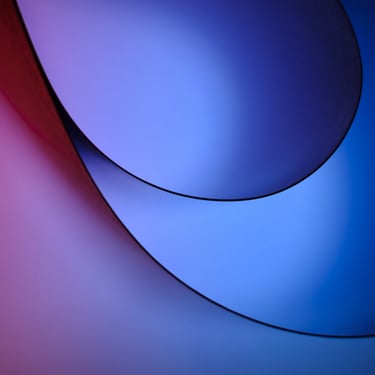
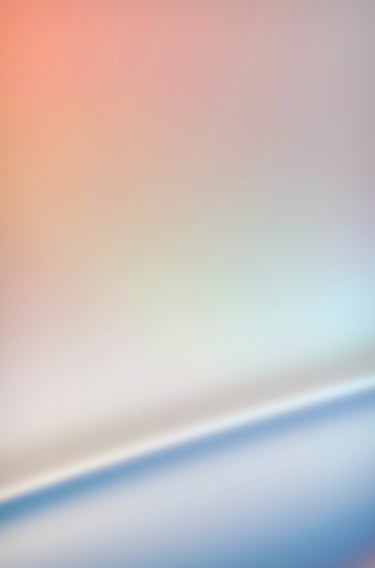
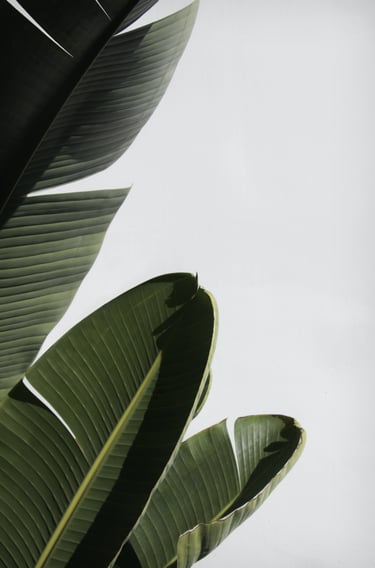
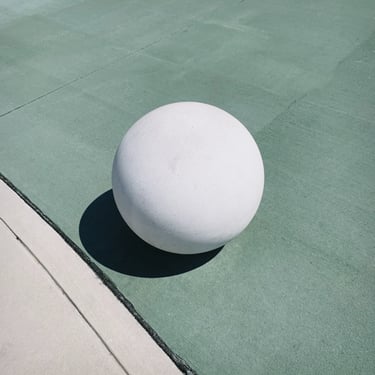
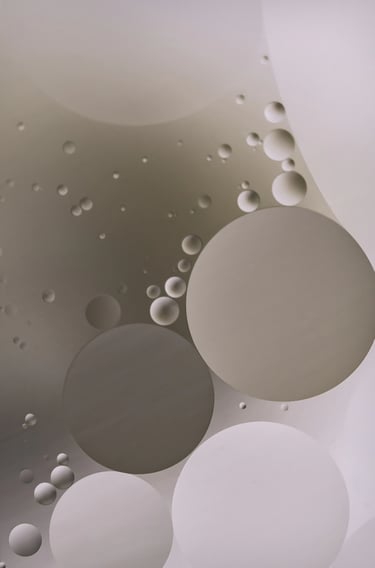
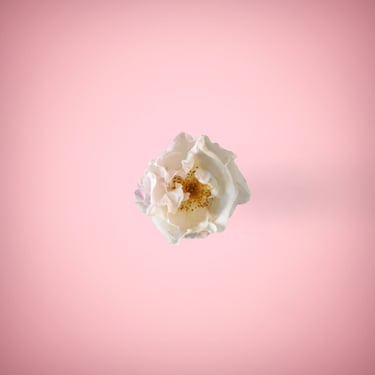
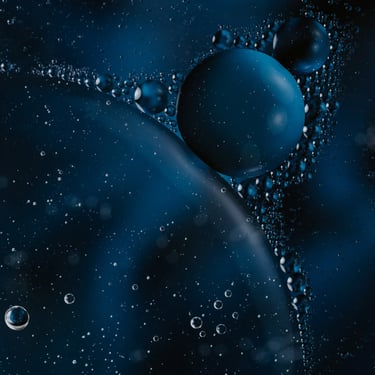
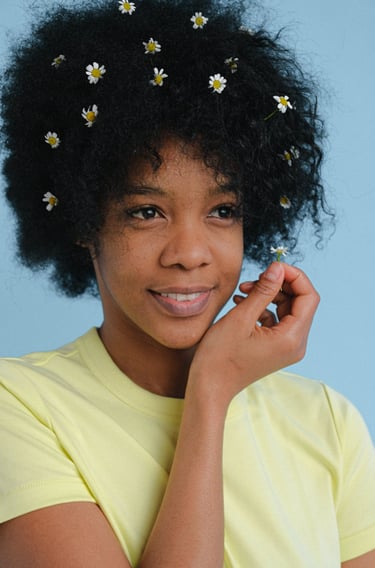
















Stones were collected from a seaside cliff during summer, despite power outages and mosquitoes. And yes — the stones were fucking heavy . We carried them 100 meters, then called a taxi for the last 3 km.












Creating masks without a workshop? Here’s how we did it: heads wrapped in paper, foil, and tape, forming a crude base. We helped each other make molds from our own heads. Then we built Mother Nature’s mask with papier-mâché, using toilet paper for an even texture.
To create bark texture, we first tried rolling an old tree trunk over the paper layer. The wood was so old it crumbled, and it didn’t leave an imprint. After watching sculpting tutorials, we eventually developed our own method. The result: realistic, creepy, and beautiful.
God’s mask was harder. Standard horned designs felt banal. Inspired by Tomasz Strzalkowski’s atmospheric works, we created a dark, raw, primordial mask reminiscent of Morbid Angel.














